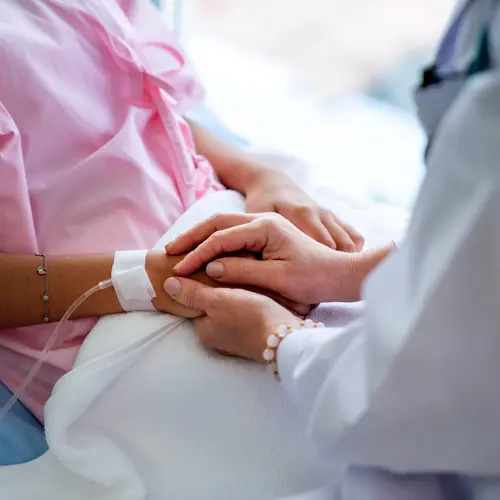You’re more likely to get cancer as you get older. In fact, age is the biggest risk factor for the disease. More than nine out of 10 cancers are diagnosed in people 45 and older. Those older than 74 make up almost 28% of all new cancer cases.
Researchers aren’t sure why this is so. It could be that the passing decades give your cells more time to turn faulty, or mutate, and grow into cancer. Or older age simply means you’ve been exposed to sunlight, cigarette smoke, chemicals, and other cancer-causing agents for longer. It's likely a combination of time and exposure that raises the risk of getting cancer at an older age.
Cancer Incidence
This is another way of saying the number of new cancer cases in a certain group of people. In the U.S., the number of new cancer cases per year has been falling slowly for more than a decade. Incidence rates give an important but incomplete picture of cancer. For example, cancer incidence can go up if more people are getting screened. Such was the case during the early 1990s, when incidences of prostate cancer in men surged after widespread testing.
An estimated 1.9 million people in the U.S. were expected to be diagnosed with cancer in 2022. About 609,000 people were expected to die from any type of cancer that year. Cancer death rates have improved steadily since the early 1990s.
About four out of 10 Americans will have cancer at some point in their lifetime.
Cancer Cases by Age Groups
You can get cancer at any age, including as infants and toddlers. But cancer is mostly a disease of middle age and beyond. The median age at diagnosis is 66, meaning that half of all new cases are found before then and half are diagnosed later.
The following is the share of diagnoses for all types of cancer in the U.S. by age groups:
- Under 20: 1%
- 20-34: 3%
- 35-44: 5%
- 45-54: 14%
- 55-64: 24%
- 65-74: 25%
- 75-84: 20%
- 85 and over: 8%
Cancer Types by Age
The link between cancer and age can differ by types of cancer. For example, the most common cancers found in kids 14 and younger are leukemia, lymphoma, or cancer of the brain or central nervous system. More than one in four people diagnosed with bone cancer are under 20.
The risk of many cancers rises in tandem with age. One in 870 women at age of 40 will get ovarian cancer within 10 years. For 80-year-olds, the chances are three times higher, or one out of 283 women.
Some common cancers in adults under age 50 include:
- Leukemia and lymphoma
- Thyroid cancer
- Melanoma
- Breast cancer
- Germ cell tumors
Some of the most common cancers in adults over 50 include melanoma and cancers of the:
Some cancers, such as lung, pancreatic, and ovarian cancers, are often hard to notice until in later stages. So by the time your doctor finds them, the cancer may have been growing for some time. Other cancers, such as breast cancer, melanoma, and prostate cancer, are often caught sooner.
The median ages at diagnosis by cancers by types are:
Your Cancer Risks
Age is one of many things that play a role in whether you get cancer. Some you can’t change, including your family history of cancer and your gender or race and ethnicity. But you can control other things to lower your risk for cancer. Among them are to eat a healthy diet, avoid smoking, stay out of the sun, and stay active.

